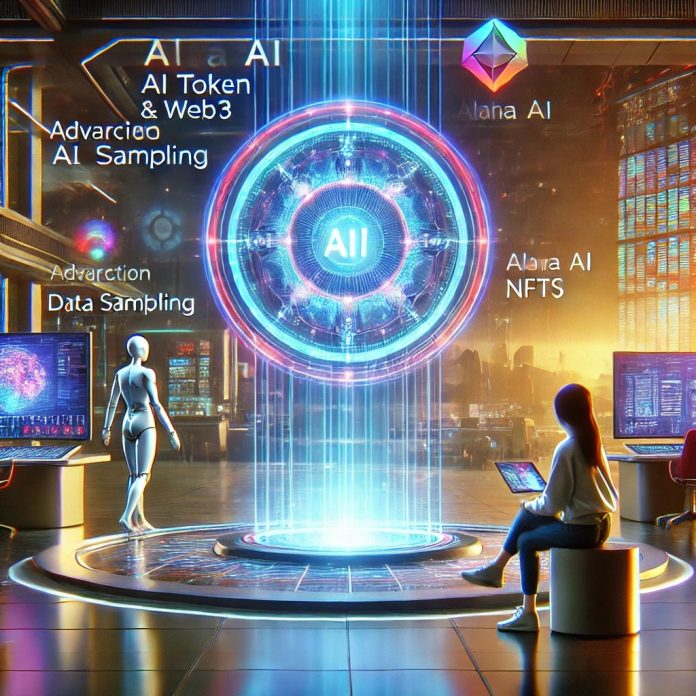Exploring Alaya AI: Revolutionizing Web3 AI Data Sampling and Incentives
Introduction In today’s rapidly evolving world of Web3, unpredictability reigns supreme. Data has emerged as the new cornerstone, fueling advancements in artificial intelligence (AI) training. Traditional methods of data collection are proving inadequate amidst soaring demand for high-quality datasets. Enter Alaya AI, a pioneering platform that merges gamification with Web3 incentives. Offering open data access and tailored data requests, Alaya AI empowers both individual users and emerging AI startups. This article delves into key aspects such as NFT systems, task categories, and incentives within Alaya AI.
Alaya AI and Its NFT System More than just a data collection tool, Alaya AI functions as a dynamic ecosystem where contributors can learn and earn. It stands out with its open, composable approach to Web3 data sampling and auto-labeling AI. Central to Alaya’s innovation is its unique dual-NFT system. Upon registration, users receive an Alaya NFT—a digital avatar unlocking tasks, rewards, and community events. These NFTs are tradable, adding a dynamic economic layer to the platform.
Task Categories in the NFT System Alaya AI offers a diverse range of tasks tailored to different skill levels and interests:
- General Tasks: Accessible to all users, these tasks like object recognition require an Alaya NFT with sufficient energy points.
- Specialized Tasks: These tasks demand expert knowledge, focusing on specific cultural nuances or dialects. Medallion NFTs are required for participation in these tasks.
- Advanced Tasks: Complex and multifaceted, these tasks may involve deep analysis or extensive data handling. Access often requires high-level NFTs or a stake in $AGT tokens.
Types of NFT System in Alaya AI Alaya AI employs two main types of NFTs:
- Alaya NFT: Distributed freely upon registration, these NFTs are essential for task completion and community engagement. They can be freely traded among users.
- Medallion NFT: Non-tradeable and awarded based on expertise achievements, these NFTs ensure task allocation to qualified users.
Both NFT types can be upgraded using experience points and $AGT tokens, enhancing user privileges and unlocking more advanced tasks.
Incentive System Alaya AI’s incentive structure goes beyond task completion, fostering engagement through rewards, achievements, and community interactions. With seasonal events and collaborative challenges, users are motivated to contribute actively. Social features encourage growth through referrals and NFT upgrades, offering daily bonus tasks and special privileges as users progress.
Conclusion Alaya AI represents the forefront of AI training data innovation in the Web3 era. Through its innovative NFT system, diverse task categories, and robust incentives, Alaya AI is reshaping how AI development integrates with Web3 technologies. As it continues to evolve, Alaya AI promises to drive ethical, inclusive, and impactful advancements in AI development. Welcome to the future of data contribution—where engagement is not just rewarding but inherently enriching.


